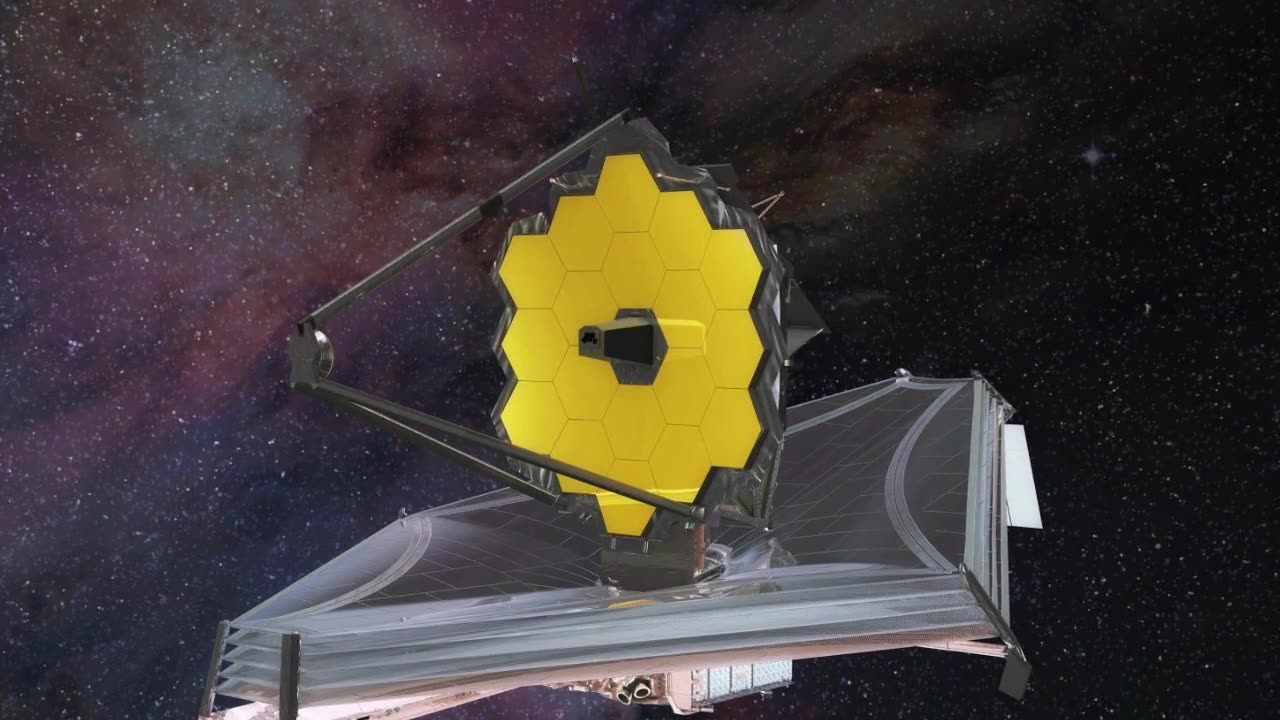Premium Only Content

Webb’s Super-Earth Discovery: Potentially Habitable World Just 48 Light-Years Away
A team of astronomers has made an exciting discovery about the temperate exoplanet LHS 1140 b: it could be a promising “super-Earth” covered in ice or water.
LHS 1140 b, once thought to be a mini-Neptune, is now considered a possible super-Earth with a nitrogen-rich atmosphere, as suggested by James Webb Space Telescope data. Located in a habitable zone, it may have conditions favorable for liquid water, making it a key focus for future astrobiological studies.
When it was first discovered, astronomers speculated that the exoplanet LHS 1140 b might be a mini-Neptune. This means it would be an essentially gaseous planet, but very small in size compared to Neptune. However, after analyzing data from the James Webb Space Telescope (JWST) collected in December 2023 — combined with previous data from other space telescopes such as Spitzer, Hubble, and TESS — scientists have come to a very different conclusion.
-
 51:12
51:12
BIG NEM
7 hours agoWelcome to Our Uncensored Show: Trump, Simulation Theory & the Albanian Mob - EP1
1216 -
 2:05:14
2:05:14
Robert Gouveia
5 hours agoFBI Criminals Get LAWYERS; STOP Counting ILLEGAL Votes; Time to Disbar Tish James
30.8K74 -
 1:00:30
1:00:30
The StoneZONE with Roger Stone
4 hours agoAre We Heading For World War III? General Michael Flynn Joins The StoneZONE w/ Roger Stone
19.5K2 -
 1:14:12
1:14:12
We Like Shooting
13 hours ago $0.35 earnedDouble Tap 384 (Gun Podcast)
4.43K -
 LIVE
LIVE
Tundra Gaming Live
6 hours ago $1.42 earnedThe Worlds Okayest War Thunder Stream
331 watching -
 1:20:47
1:20:47
Donald Trump Jr.
7 hours agoThe MAGA Cultural Shift, Plus UFC at MSG & Interview with Newt Gingrich | TRIGGERED Ep.192
133K152 -
 45:18
45:18
Kimberly Guilfoyle
7 hours agoBreaking News on Latest Cabinet Picks, Media Spins in Circles,Live with Tim Hentschel & Alex Epstein | Ep. 175
116K31 -
 1:45:00
1:45:00
Redacted News
7 hours agoBREAKING! TRUMP TO DECLARE NATIONAL EMERGENCY DECLARATION DEPLOY MILITARY TO SOUTHERN BORDER
172K431 -
 52:28
52:28
Candace Show Podcast
6 hours agoBeyonce's Mommy Attacks Me On Instagram | Candace Ep 105
124K476 -
 45:26
45:26
Sarah Westall
5 hours agoPentagon, High Level Gov Officials & their Foot Soldiers are Planning an Insurrection: Millie Weaver
28.6K4